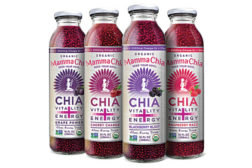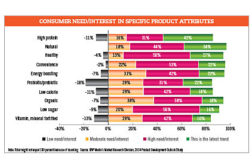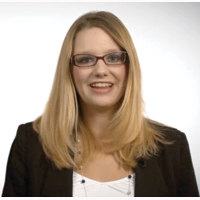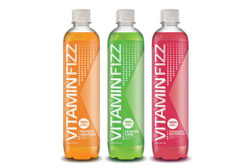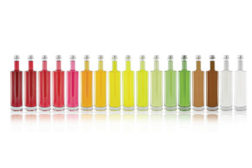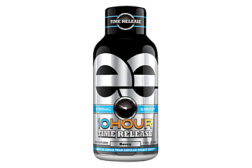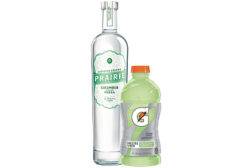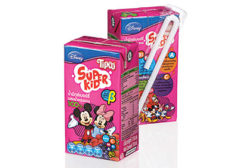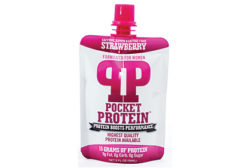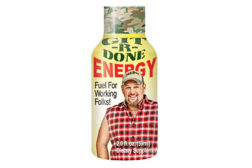R&D Features
2015 New Product Development Outlook
Survey-takers report using nearly 12 flavors in 2014
January 12, 2015
Fortification helps beverage-makers support better-for-you market
B vitamins, magnesium and omega-3s popular beverage ingredients
December 16, 2014
Color a key association for taste with consumers
More beverage-makers turning to natural colors for new products
November 17, 2014
Performance ingredients fuel functional beverage formulations
Health and wellness trends influence new product development
October 16, 2014
Vegetable flavors trending for beverages because of healthy halo
Sweet-and-spicy combinations add new twist to previous flavor trends
September 11, 2014
Beverages containing immunity-supporting ingredients expected to increase
Peer-reviewed clinical studies important for efficacy, label claims
August 15, 2014
Beauty and anti-aging ingredients grow in beverage applications
Multiple age groups demanding beverages to reverse aging process
July 16, 2014
Natural energy ingredients trend continues
Health halo of natural energy ingredients boosts consumer acceptance
July 1, 2014
Sweetener usage changes with consumer preferences
Consumers look for natural sweeteners that don't compromise on taste
June 16, 2014
Elevate your expertise in the beverage marketplace with unparalleled insights and connections.
Join thousands of beverage professionals today. Shouldn’t you know what they know?
JOIN NOW!Copyright ©2024. All Rights Reserved BNP Media.
Design, CMS, Hosting & Web Development :: ePublishing
